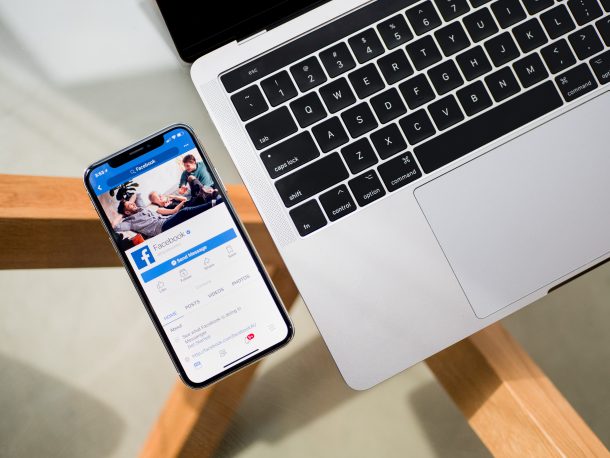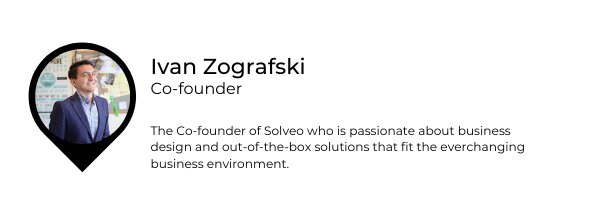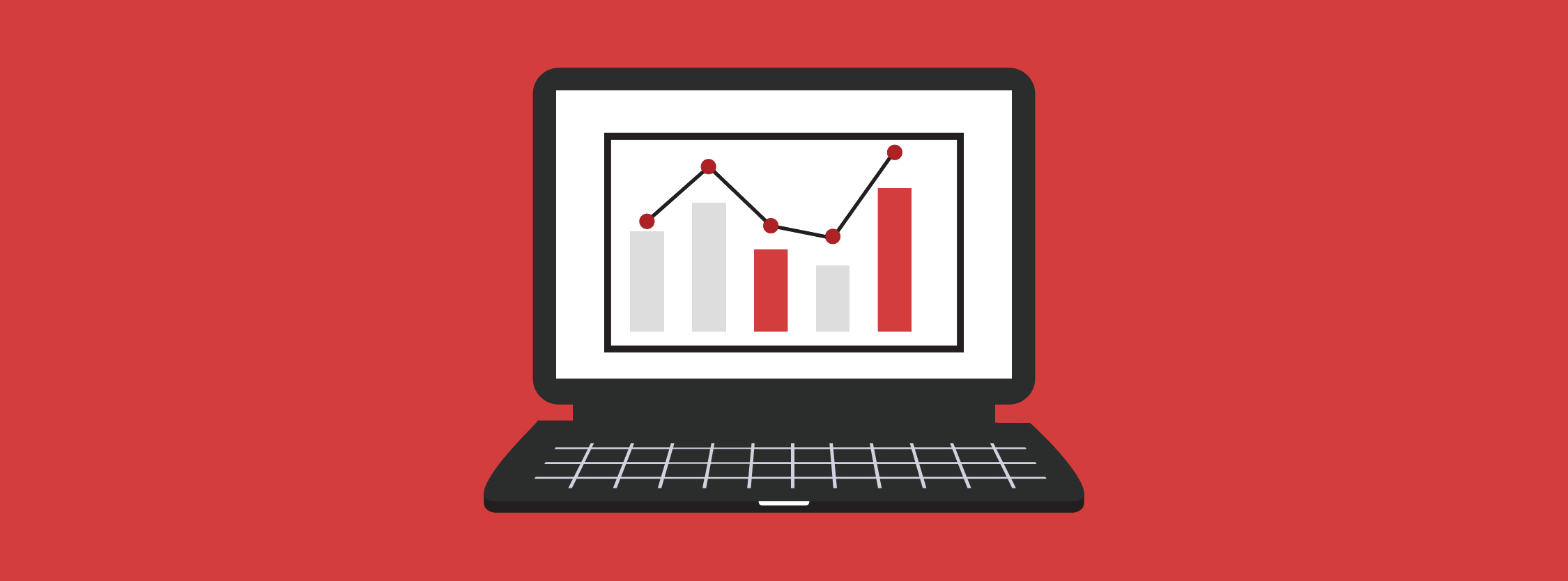Contents
Once, in the not-so-distant past, marketers used to buy ads and place them manually on advertising platforms. However, this was too complicated and time-consuming, so someone smart decided to automate this process. Now, things that people used to do for days, can be done in just a few clicks. This automated process of buying and placing ads is called programmatic advertising.
Programmatic advertising allows marketers to buy and sell ad impressions, guaranteeing a number of impressions at a defined price. When they need to get to a different audience, they start bidding for real-time impressions.
Basically, programmatic advertising is a system that allows companies to reach their target customers at the right moment of time. Precise targeting is possible thanks to the enormous user data the software possesses. Location, demographics, what sites they visit, what they like to read, what they buy and how much, are only some of the types of information that are available to marketers who use it to send out targeted ads.
Thanks to the automated processes that have significantly increased efficiency, programmatic advertising has started taking over the digital marketing world. Numbers also confirm this. In fact, in 2018, 80% of digital display marketing in the US was performed through programmatic advertising. This type of marketing is expected to become even more efficient, so this percentage is only going to grow.
In the beginning, programmatic was limited only to web search and display ads. However, it’s now expanded to various media and native advertising, digital display banners, streaming, TV, are only some of the channels these impressions can be bought for.

What are the most important terms in programmatic advertising?
There are some terms you should get familiar with before deciding to incorporate programmatic into your strategy:
Demand Side Platform (DSP)
A demand-side platform is a place where marketers buy ad placements. With the growth of the amount of online space offered for advertising, DSPs appeared as platforms that allow buying of online ad space to be automated.
There are many DSPs to choose from – MediaMath, Amazon, LiveRamp, DoubleClick, Choozle, etc. Once the marketer chooses the DSP, they sign up and enter the ad exchange market. The exchange gets a notification when a visit of its website occurs, and then the marketer can send out an ad that can fit the placement.
After this, the DSP starts a real-time bidding auction attempting to win this particular space, and if this happens, the visitor gets to see the ad that won the bidding. Bidding can happen in real-time or through programmatic direct.
Real-Time Bidding (RTB)
Real-Time Bidding (RTB) is the buying method that allows real-time auctions, so the bidding occurs while the website is loading, including parameters like bid price and network rich.
In this case, when a visitor goes to a website, an ad request is sent to the ad exchange and if an ad is found, the bidding occurs and the winning ad appears.
Visitor data also gets sent to the ad-exchange together with the request. This means that RTB enables advertisers to buy impressions based on a per-case basis, so only visitors who belong to your target customers will be able to see the ad.
Programmatic Direct
Programmatic Direct doesn’t happen through real-time auctions. This is when advertisers buy a specific amount of impressions on the desired sites, so the ad appears to everyone, not only to those who suit the target market.
This way of advertising is normally used for larger ads that take up most of the page.
Ad Exchange
Ad exchanges run the auctions where marketers can choose their publishing space without having to visit each publisher separately.
Here, publishers and marketers agree on the price the ad is supposed to be shown at, usually through a real-time auction. AppNexus, Microsoft Ad Exchange, OpenX, and Facebook Exchange are some of the most popular ad exchanges.
Supply Side Platform (SSP)
A supply-side platform is a place where the publishers place their ad space they want to sell. This platform is also responsible for collecting behavioral data about the visitor on that particular website, like how much they stay or what pages they visit.
The SSP’s task is to choose the winning bid and show their ad on the website. Unlike the DSP, which tries to buy ad space at the lowest possible price, the SSP looks to sell the space at the highest possible price. OpenX, AerServ, Appnexus, MoPub, are only some of the SSPs that publishers can choose from.
Data Management Platform
Data management platforms collect and analyze data on website visitors, which is later used for getting insights on specific website visitors and targeting them.
Cost per Thousand (CPM)
CPM is a metric that charges advertisers for every 1,000 impressions. This rate is based on the quality of the inventory and the level of targeting. The price grows as the targeting becomes more specific.
Click-through Rate (CTR)
CTR charges advertisers each time a user clicks on their ad.
The formula for CTR looks like this: (Total Clicks on Ad) / (Total Impressions) = Click-Through Rate

Who is involved in programmatic advertising?
There are several parties involved in the programmatic buying and selling processes, operating through a number of platforms.
First, it all starts with the companies who want to reach their target customers with their ads. They reach out to agencies who handle the connection between clients and platforms.
They are responsible for creating the placement strategy and executing it. For this purpose, they use DSPs, ad exchanges, and SSPs, where publishers sell their space. Finally, visitors are the ones who get to see the targeted ads.
Although this may seem very complicated, especially to brands who haven’t done it before, programmatic advertising can be more effective long-term. The most obvious benefit is saving time because everything is automated and brands don’t have to do anything.
Furthermore, they can be more precise in targeting their customer’s thanks to the enormous sets of data available through these platforms. Finally, they get more value because they don’t waste resources on audiences who might not suit the target market.
Before starting, it’s important to have a deep knowledge of the market, defined goals, and clever ads that catch the eye of the visitor.


